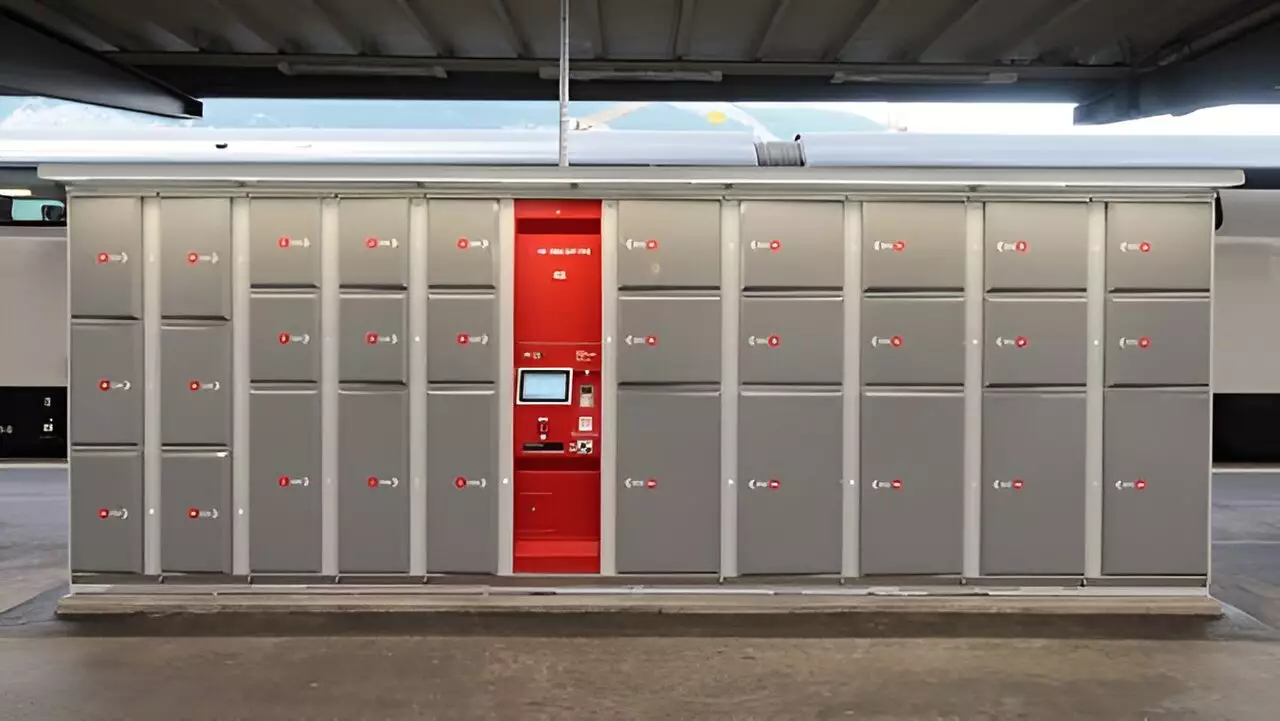The rapid growth of e-commerce has led to a significant increase in parcel deliveries worldwide. With 161 billion parcels delivered globally in 2022, the environmental impact of these deliveries cannot be overlooked. In Australia, the trend is no different, with 5.6 million households making monthly online purchases in 2023. The reliance on high-emitting diesel vans and trucks for last-mile deliveries in cities has contributed to traffic congestion, parking issues, increased carbon emissions, and air pollution.
While the shift towards low-emission vehicles, such as electric delivery vans powered by renewable energy, can help reduce the environmental impact of parcel deliveries, the adoption rate of these vehicles remains low. With only a 5% global sales share in 2023, transitioning to cleaner vehicles will take time. In the meantime, optimizing delivery operations and exploring innovative solutions is crucial.
One innovative idea to make parcel deliveries more sustainable is crowdshipping, which combines crowdsourcing and delivery services. Crowdshipping involves members of the public volunteering to deliver parcels on their existing journeys. By matching people with parcels headed to destinations along their route, crowdshipping maximizes existing transport capacity and minimizes detours.
A simulated study conducted in Singapore showed that outsourcing just 11% of parcel deliveries to crowdshippers using public buses could lead to significant benefits. By reducing the number of delivery vehicles needed and cutting emissions, crowdshipping offers cost savings for carriers. Most passengers surveyed expressed willingness to serve as crowdshippers, especially if compensated fairly for their efforts.
Implementing crowdshipping using public transport comes with practical considerations. Ensuring that potential crowdshippers are willing to participate and that the service does not cause congestion or delays during peak hours is crucial. By limiting crowdshipping to off-peak hours and utilizing excess capacity on public transport systems, the feasibility of crowdshipping can be maximized.
For crowdshipping to be successful, it is essential to establish trust and reliability among parcel shippers, carriers, and receivers. Designing a robust service platform that verifies identity and provides real-time parcel tracking can help build accountability and confidence in the system. By addressing these concerns, crowdshipping using public transport can become a viable solution for sustainable urban mobility.


Leave a Reply